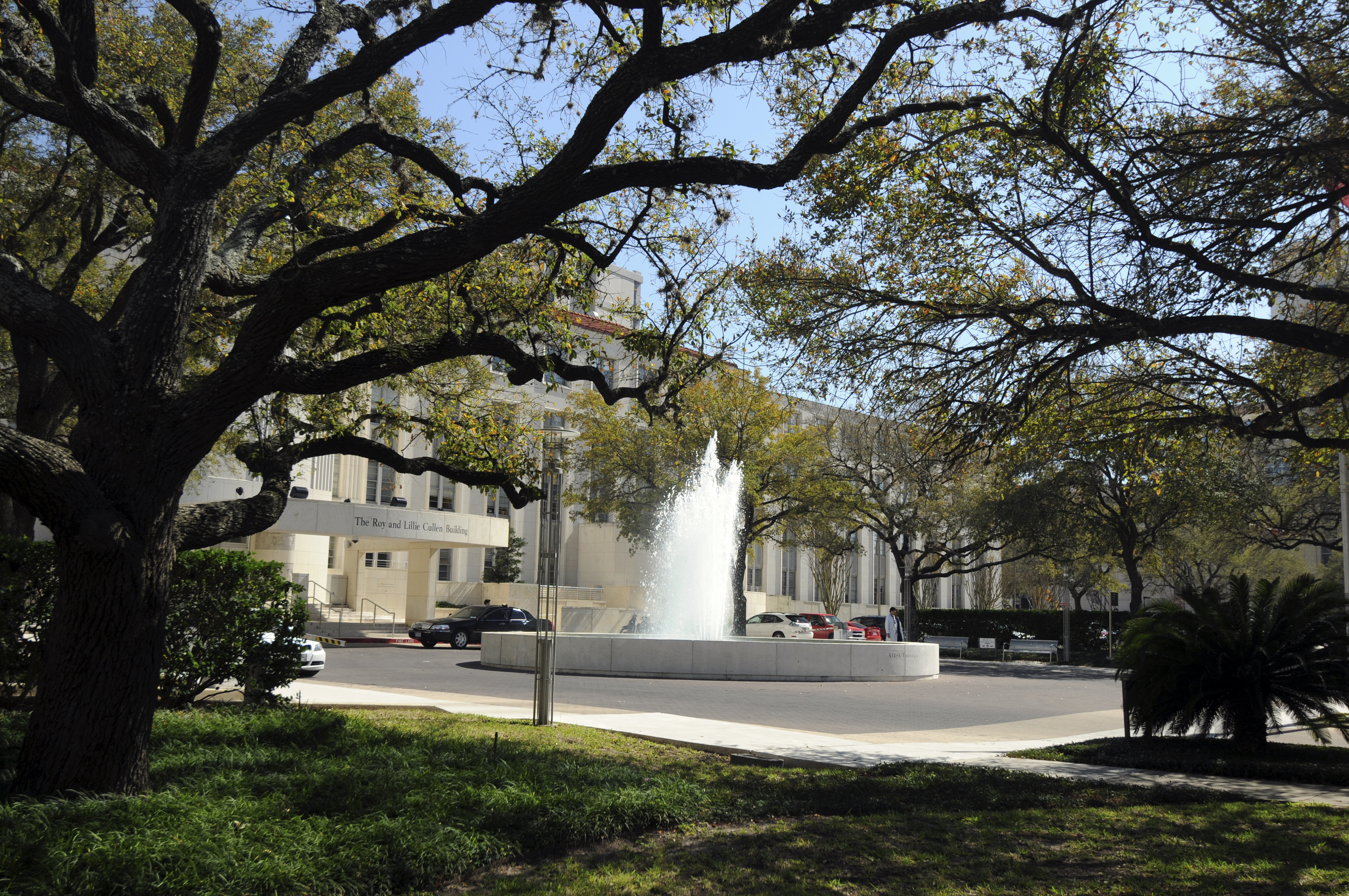As a further slump in median house prices meet improving auction clearance rates, the CEO Of NSW’s peak industry body for real estate says that while conditions for buyers are the best they have been for a long time, prices could start to grow.
Tim McKibbin, CEO of REINSW (reinsw.com.au), says: “The decline in property prices we have seen over the past year is likely plateauing. Market engagement evidenced, in part, by improved auction clearance rates supports that supposition. For purchasers who have been waiting for the market to bottom, now is a good time to be looking closely at where the market is headed over the coming months. With the election and Banking Royal Commission behind us, the recent RBA interest rate cut – and more cuts predicted – the fundamentals are in place for growth in property prices.”
REINSW analysed the June CoreLogic ‘Market Trends’ data to determine the state of the current NSW property market. Specifically, REINSW analysed the median sales prices across relevant NSW house and unit markets, from 1 January to 31 March 2019.[1]
REINSW’s analysis found that the market has been extremely favourable for buyers. The proportion of both Sydney and State-wide markets that experienced a drop in median sales price continued to expand. Not only did 81 per cent of Sydney house and unit markets see a drop in their median prices, the drop worsened – creating an overall 2.7 per cent price drop across Sydney.
Across NSW as a whole, 68 per cent of house and unit markets experienced a fall in median sales prices – again, with the drop deeper than the previous month.
Tim says, “If you’ve got your finance organised, now is the time to start looking in earnest. Conditions for vendors are beginning to improve. The full effect of the RBA interest rate cut is yet to fully kick in.”
Changes across Sydney’s median sales prices
Across the 580 Sydney house and unit markets relevant to the analysis, REINSW found:
- More Sydney markets saw a fall in median sales prices. In the three months to April, the average median sales prices for Sydney house and unit markets declined across a greater proportion of the city: 470 Sydney markets (81 per cent) saw a decline, compared with 413 markets (75 per cent) that declined in the three months to March, and 73 per cent in the three months to February.
- The average percentage fall in Sydney median sales prices worsened. Across the Sydney markets that saw a fall in median sales prices from January to April, the average fall was 3 per cent. This is a deeper fall than the 2.3 per cent decrease in the three months to March.
- Fewer Sydney markets saw an increase in median sales prices. Just 70 (12 per cent) of Sydney house and unit markets experienced growth in median sales prices in the three months to April. This is lower than the 16 per cent of Sydney markets that saw growth in median sales in the three months to March, and the 18 per cent that saw growth in the three months to February.
- Overall, the Sydney median sales price fell. When comparing all 580 Sydney house and unit markets in the analysis, Sydney saw an overall 2.7 per cent drop in median sales price.
Changes in median sales prices across all NSW markets
- More NSW markets saw a fall in median sales prices. In the three months to April, the average median sales prices for house and unit markets across all of NSW saw a more widespread decline: 643 NSW markets (68 per cent) saw a decline, compared with 568 markets (63 per cent) that declined in the three months to March, and 60 per cent in the three months to February.
- The average percentage fall in NSW median sales prices worsened. Across the NSW markets that saw a fall in median sales prices from January to April, the average fall was 2.4 per cent. The average fall was 1.3 per cent in the three months to March.
- Fewer NSW markets saw an increase in median sales prices. Just 223 (24 per cent) of NSW house and unit markets experienced growth in median sales prices in the three months to April. This is smaller than the 25 per cent of NSW markets that saw growth in median sales in the three months to March, and the 29 per cent that saw growth in the three months to February.
- Overall, the NSW median sales price fell. When comparing all of the 944 NSW house and unit markets in the analysis, NSW saw an overall 1.7 per cent drop in median sales price.
The 10 best performing suburbs and property types across NSW
Houses in Branxton, Newcastle, experienced the highest growth in median sales price, at 22.7 per cent. This was followed by houses in Inner Western Sydney’s Summer Hill, with a growth of 17.8 percent.
A mix of houses and units also had strong growth: units in Haymarket experienced 15.3 per cent growth, Werris Creek had 14.5 per cent growth, Elizabeth Bay had 13.7 per cent growth and North Boambee Valley had 12.9 per cent growth to the median sales price.
Other suburbs and property types that also made the top 10 include Casuarina units (12.7 per cent), Darling Point units (10.8 per cent), Bonnells Bay houses (10.8 per cent) and Coolamon houses (10.7 per cent).
The worst 10 performing suburbs and property types across NSW
Houses in Austral and North Arm Cove experienced the greatest decline in their median sales price, at -43.1 per cent and -41.1 per cent, respectively.
Following this was houses in Wollongong region’s Calderwood (-17.6 per cent), units in Vaucluse (-16.9 per cent), houses in Pitt Town (-15.8 per cent), Brunswick Heads houses (-15.5 per cent), Bondi Junction units (-14.9 per cent), houses in Hay (-14.0 per cent), units in Schofields (-13.4 per cent) and Concord units (-13.2 per cent).
[1] March is the latest data provided by CoreLogic. A suburb that saw more than 0.1% growth was defined as a growing suburb; one that saw 0.1 to -0.1% growth was defined as a stagnant suburb, and one that saw a decline of more than -0.1% was defined as a declining suburb. Suburbs and property types that had less than 10 sales over the quarter were excluded.







